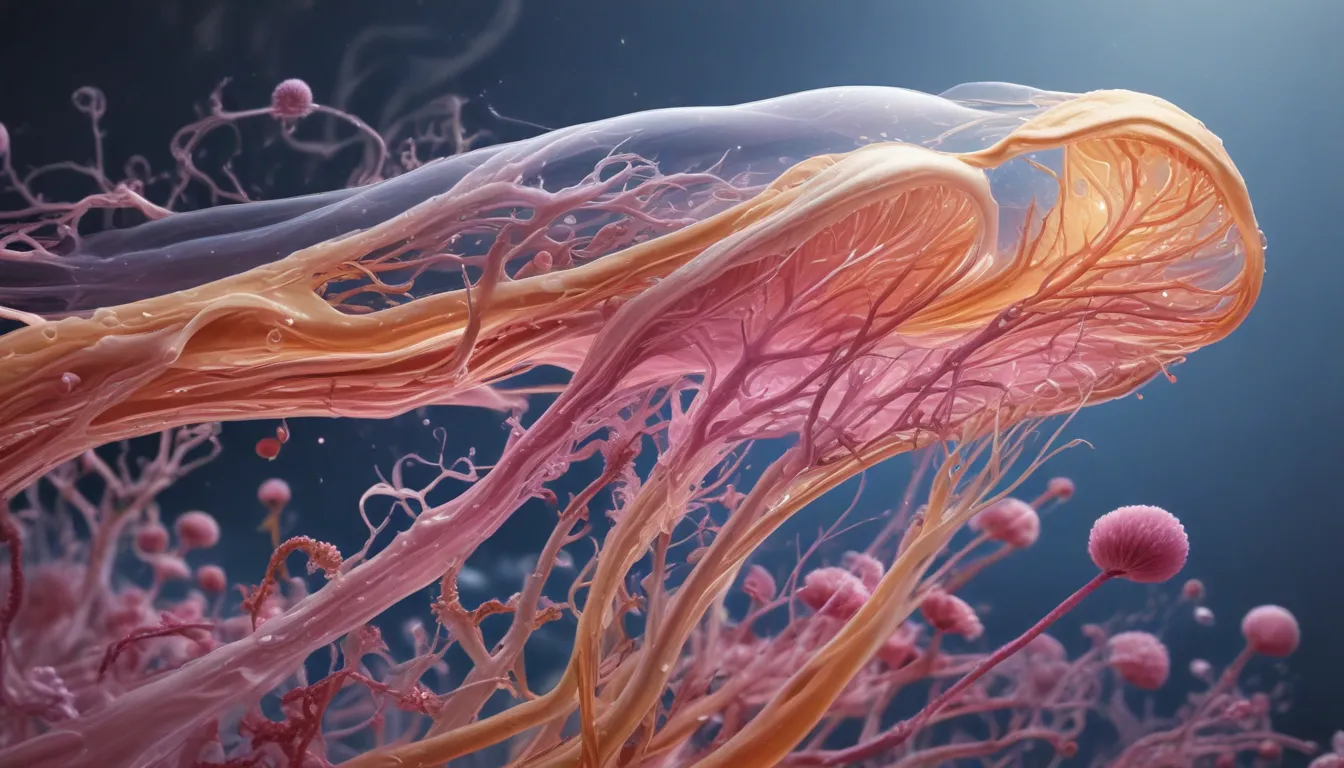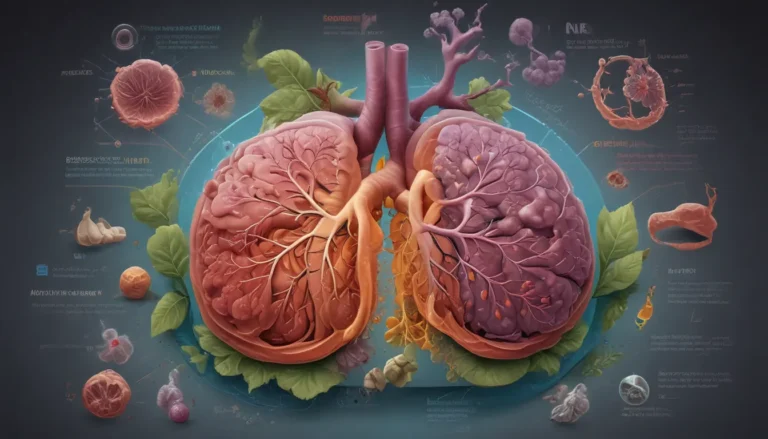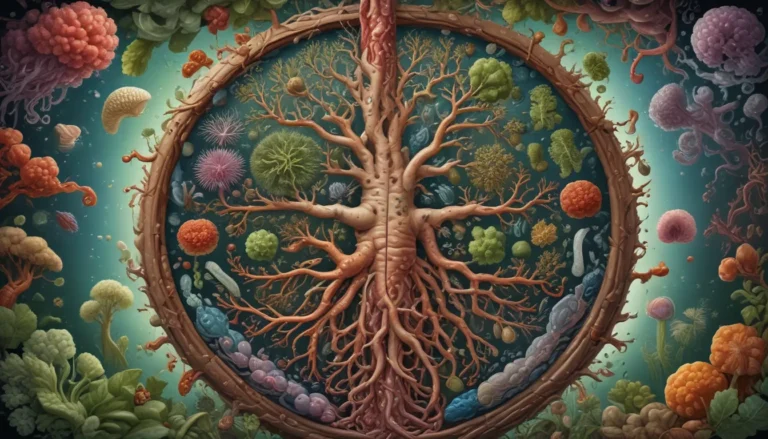A Note About Images: The images used in our articles are for illustration purposes only and may not exactly match the content. They are meant to engage readers, but the text should be relied upon for accurate information.
Welcome to the fascinating world of cellular biology, where the Golgi apparatus takes center stage as a crucial organelle responsible for processing and packaging various molecules within eukaryotic cells. Named after the renowned Italian scientist Camillo Golgi, who discovered it in 1898, this organelle plays a vital role in ensuring the proper functioning of cells. Join us on an enlightening journey as we uncover 15 astonishing facts about Golgi apparatus processing, shedding light on its intricate functions and the essential role it plays in cellular homeostasis.
The Intriguing Origins of the Golgi Apparatus
Let’s start our exploration by delving into the history and discovery of the Golgi apparatus. Italian biologist Camillo Golgi first observed this structure in 1897 while studying nerve cells, leading to its eventual naming in his honor. Since then, scientists have been captivated by its complex structure and its crucial role in cellular processes.
The Multifaceted Functions of the Golgi Apparatus
-
Protein Processing and Transport: The Golgi apparatus is a key player in modifying, sorting, and packaging proteins for delivery to different parts of the cell or for secretion outside the cell. Its involvement in protein processing is essential for maintaining cellular function.
-
Structural Components: The Golgi Apparatus consists of stacked membrane-bound compartments called cisternae, each with specific roles in receiving proteins from the endoplasmic reticulum and directing their sorting and processing.
-
Glycosylation: Enzymes in the Golgi Apparatus add complex sugar molecules to proteins, forming glycoproteins crucial for protein stability, function, and recognition by other cellular components.
-
Formation of Lysosomes: This organelle participates in the production of lysosomes, which are involved in degrading waste materials. The Golgi Apparatus packages digestive enzymes into vesicles that fuse with early endosomes to form mature lysosomes.
-
Cell Wall Synthesis: In plant cells, the Golgi apparatus is instrumental in the production of cell wall components, providing structural support and protection.
-
Lipid Metabolism: The Golgi apparatus plays a role in the synthesis and modification of lipids, contributing to the production of phospholipids for cell membranes and the formation of lipid droplets.
The Dynamic Nature of the Golgi Apparatus
-
Polarized Structure: The Golgi Apparatus is divided into distinct functional regions, each with specific roles in protein processing and transport. This highly organized structure ensures efficient cellular functions.
-
Membrane Remodeling: The Golgi Apparatus is dynamic and undergoes constant membrane remodeling to adapt to the changing needs of the cell. This flexibility allows for efficient protein processing and transport.
-
Internal Vesicular Transport: Small vesicles transport proteins and lipids between different compartments of the Golgi Apparatus, ensuring proper sorting and processing.
The Crucial Role in Cellular Communication
-
Secretory Vesicles: The Golgi Apparatus packages processed proteins into secretory vesicles, which are then transported to the cell membrane for release into the extracellular environment.
-
Cell Signaling: This organelle is involved in processing and modifying signaling molecules, such as hormones and neurotransmitters, ensuring their proper function in cell communication.
-
Primary Cilium Assembly: The Golgi Apparatus contributes to the formation and maintenance of the primary cilium, a sensory organelle found on the surface of many cell types.
The Significance of Golgi Apparatus in Development and Differentiation
The Golgi apparatus plays a crucial role in establishing cell polarity, determining cell fate, and directing cell migration during embryonic development and tissue regeneration. Its involvement in these processes highlights its essential role in proper cell development and differentiation.
Conclusion: Unraveling the Mysteries of Golgi Apparatus Processing
In conclusion, the Golgi apparatus stands as a remarkable structure in cellular biology, astounding scientists with its processing capabilities and crucial functions within the cell. From protein modification to lysosome formation and cell wall synthesis, this organelle plays a pivotal role in maintaining cellular homeostasis. By expanding our knowledge of Golgi apparatus processing, we gain valuable insights into cellular biology and potential therapeutic interventions for various diseases.
FAQs: Your Key Questions Answered
- What is the Golgi apparatus?
-
The Golgi apparatus is an organelle found in eukaryotic cells involved in processing, modifying, and sorting proteins, lipids, and carbohydrates.
-
How does the Golgi apparatus process proteins?
-
The Golgi apparatus processes proteins by modifying them through the addition or removal of sugars, phosphate groups, and lipids, ensuring their proper folding and sorting.
-
What is the role of enzymes in the Golgi apparatus?
-
The Golgi apparatus contains various enzymes that catalyze the modification of molecules necessary for the functioning and transport of proteins and lipids.
-
How does the Golgi apparatus contribute to cell secretion?
-
The Golgi apparatus plays a crucial role in the secretion of proteins, hormones, neurotransmitters, and other molecules through the formation of vesicles and their release from the cell.
-
What happens if the Golgi apparatus malfunctions?
- A malfunction in the Golgi apparatus can lead to various diseases and disorders, impacting lysosomal storage, neurodegenerative processes, and hormone secretion.
Delve deeper into the captivating world of cellular biology and unravel the secrets of Golgi apparatus processing. Explore the incredible potential of cell biology and embark on a journey of discovery through the lens of this essential organelle. Join us as we uncover the mysteries of life at its most fundamental level and expand our understanding of cellular processes. Let the wonders of cellular biology inspire your exploration and learning journey as we uncover the fascinating secrets of the Golgi apparatus!






